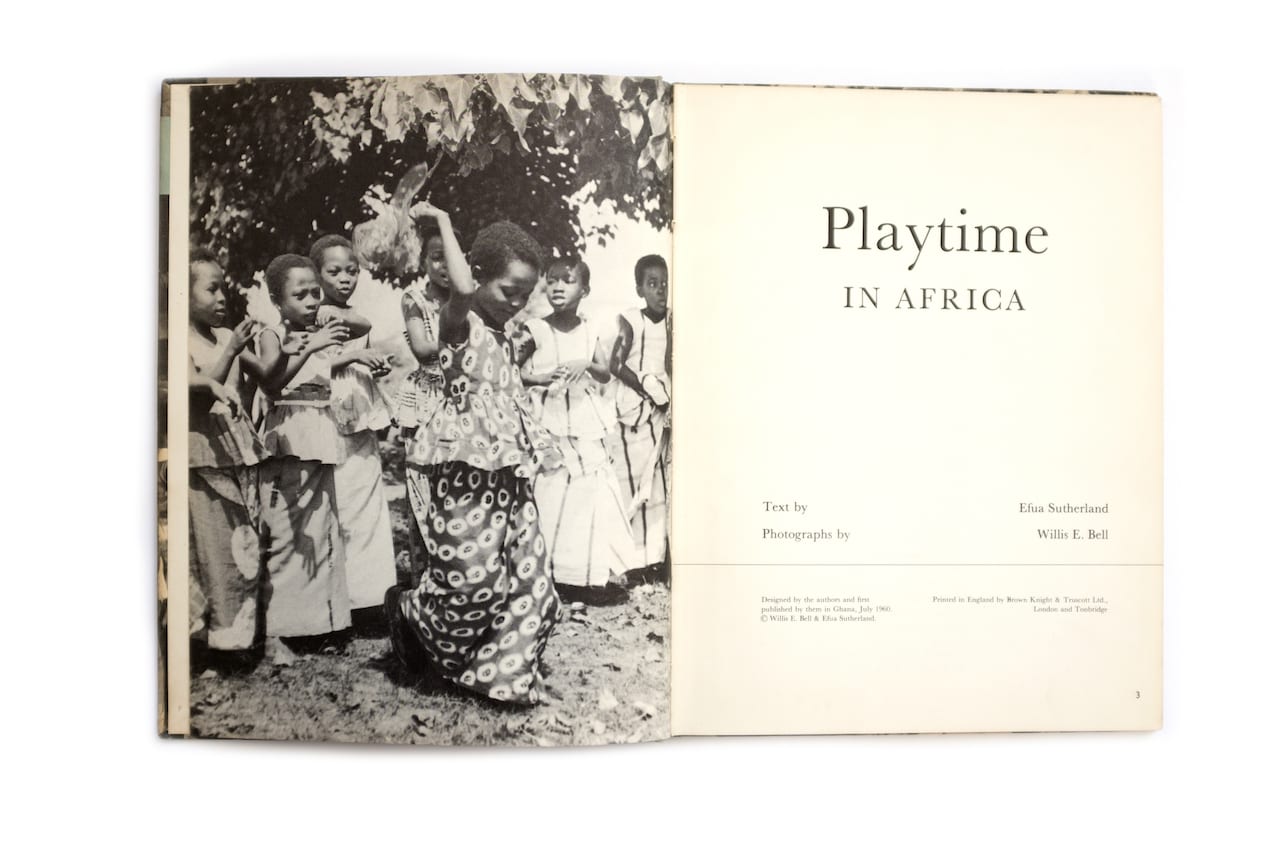Only a small percentage of the 400 books that Ben Krewinkel has collected and featured on his website, Africa in the Photobook, are actually African. Many are historical publications, political pamphlets, or children’s books, written, photographed, and published by Europeans – including old colonial texts, which seem to obsess over hairstyles and traditions of scarification. Even the books by contemporary African photographers are mostly published in the West. As a collection that covers more than a century from 1897 to 2018, Africa in the Photobook follows the changing visual representations of the continent through the medium of the photobook – and soon it too will be transformed into a series of photobooks.
Krewinkel, a Dutch photographer, curator, and educator, is working with South African publishers Fourthwall Books on this series, and hopes to publish volume I by the end of 2019. Focusing on Africa under colonialism, it will include a long historical introduction, 40 case studies, and plenty of space to show large spreads from the books. Volume II will sketch a path from the beginnings of decolonisation in the 1950s to the late 1990s, marking the end of Apartheid and also the “re-evaluation of African photography”. Krewinkel then hopes to create a third volume, focusing on contemporary African photo books.

Some of the attitudes presented in the older books are shocking, but sadly not surprising; what is disappointing, says Krewinkel, is to see the same old stereotypes recurring in contemporary books on Africa. “I think the photographers mean well, but they still have this perception that is being copied and recycled all the time,” he observes.
For Krewinkel, the best books are the ones that take the clichés and challenge them head-on, such as Joana Choumali’s book Hââbré: The last generation, a series of portraits and personal accounts of people who undertook the ritual scarification associated with ethnic groups in West Africa. “Some people are proud, some are angry,” says Krewinkel. “It’s a nuanced story on this specific topic that deals with these European perceptions of scarification.”











